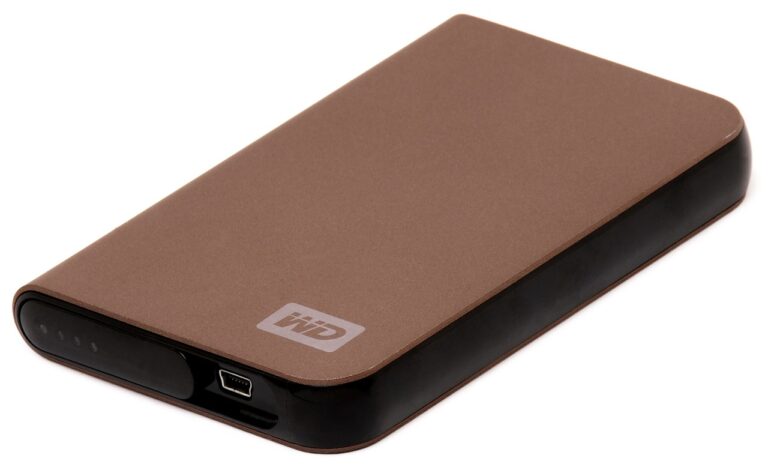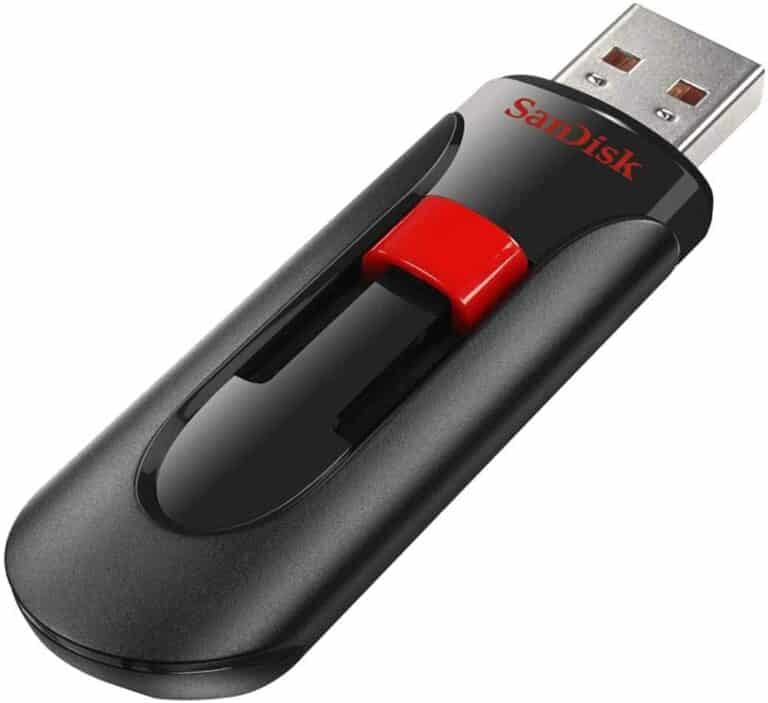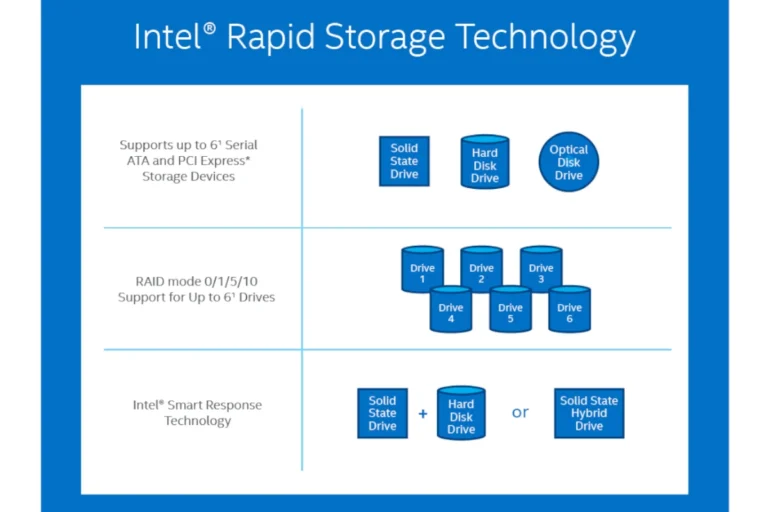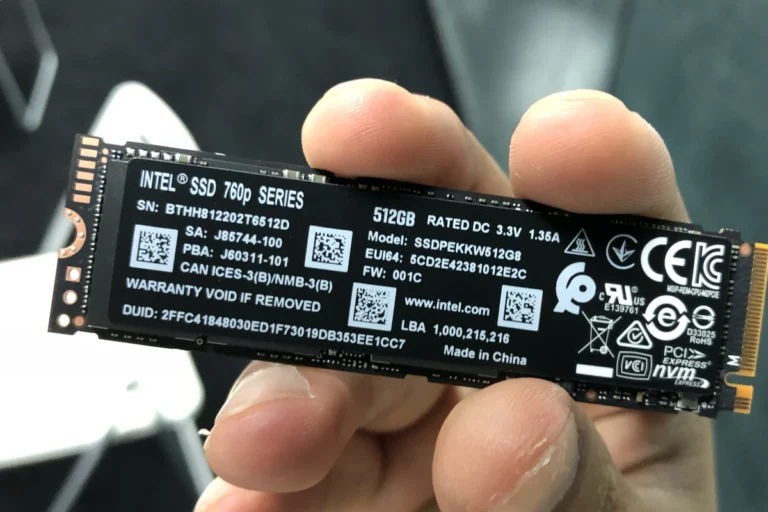Random Access Memory (RAM) is a vital component of computers and laptops, acting as the system’s short-term memory. It is where a computer stores temporary data that it needs to access quickly. This function allows programs to run smoothly and facilitates efficient multitasking. RAM provides the workspace for the computer’s processor to operate, enabling the opening of files and running of applications.
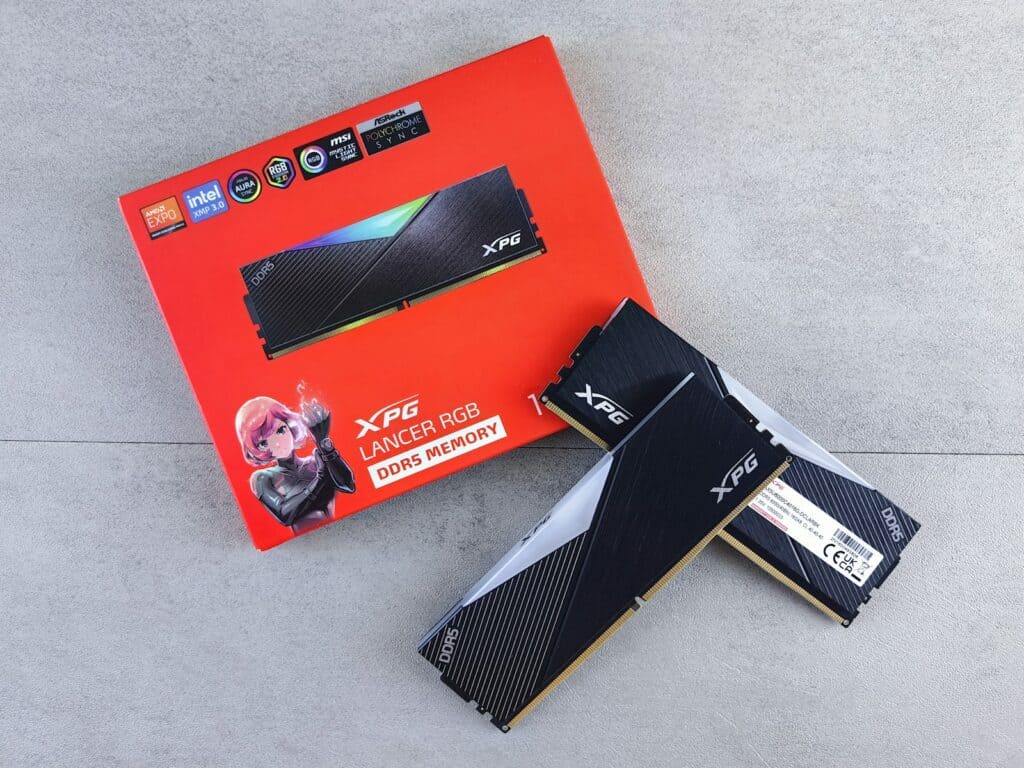
Increasing the amount of RAM in a computer can significantly enhance performance, particularly when running complex software that requires more memory space. Since RAM can be accessed much faster than a hard drive or SSD, having more RAM means that more information can be held ready for quick access by the CPU. This results in a more responsive and faster-performing system.
Key Takeaways
- RAM serves as temporary storage for quick data access to run applications smoothly.
- More RAM can improve multitasking and the running of demanding programs.
- The role of RAM is essential for the overall performance and speed of a computer.
Fundamentals of Computer Memory
Computer memory determines how information is stored and accessed in devices like PCs and laptops. It’s critical for the smooth running of applications and managing data.
Understanding RAM and ROM
Random Access Memory (RAM) is the main memory used by a computer to store data for quick access by the device’s processor. Unlike Read-Only Memory (ROM), which can only be read, RAM is volatile. This means when the power goes off, all data in RAM is lost. ROM, on the other hand, holds data permanently, even without power.
- RAM: Volatile, for temporary data storage during active use.
- ROM: Non-volatile, stores critical data needed on startup.
Forms and Functions of Memory Modules
Memory comes in different forms like DIMM and SO-DIMM for desktops and laptops respectively. Capacity is key, typically measured in gigabytes (GB) or megabytes (MB). Upgrades increase a device’s memory capacity, improving performance.
- RAM Types:
- DDR (Double Data Rate): Transfers data twice per clock cycle.
- DDR4, DDR5: Successive generations with improved speed and power efficiency.
- SDRAM (Synchronous DRAM): Syncs with the system clock.
- SRAM (Static RAM): Faster, used for cache.
Evolution and Generations of RAM
RAM has evolved from early designs like the single-transistor DRAM memory cell to DDR4 and DDR5 SDRAM. Each generation improves speed, efficiency, and capacity to meet the increasing demands of computers.
- Key Advances:
- Intel 1103: First commercial DRAM.
- Synchronous DRAM: Higher bandwidth by aligning with the CPU clock.
- DDR Generations: Greater performance and less power consumption.
Enhancing Computer Performance with RAM
Computer memory, or RAM, is a key element in ensuring your system runs smoothly. It boosts the speed at which applications operate and allows efficient multitasking. Now let’s look closer at its role, specifications, and selection process.
Role of RAM in System Speed and Multitasking
RAM is the short-term memory of a computer where data is stored for quick access. It allows a computer to handle multiple programs at once without slowing down. For gamers or video editors, adequate RAM is vital for running games or editing software smoothly. Enhanced RAM results in better performance and decreased latency, which is the time it takes for data to travel from one point to another in the computer.
RAM Specifications and Compatibility
Picking the right RAM involves looking at several specifications. RAM capacity, measured in gigabytes, is one of the most important factors. A higher capacity means more data can be active at any time. Clock speed, measured in megahertz, affects how fast the memory can process data. Timings, which define the delay between operations, are crucial too. Finally, make sure the RAM is compatible with your motherboard’s specifications regarding the type of RAM, capacity, and the physical design of the memory module.
Selecting RAM for Different Use Cases
When choosing RAM, consider the primary use of your computer. A budget designer might need less RAM than a professional gamer. For simple applications like writing or web browsing, 4-8 GB of RAM might suffice. Gaming can demand 16 GB or more to handle the intensive graphics and processing. For video editing and high-end design work, 32 GB could be the starting point. Always check the power supply limits and your operating system’s maximum RAM capacity before upgrading.
When upgrading or building a PC, selecting the right RAM can lead to noticeable improvements in the computer’s ability to handle various tasks and run demanding software. Remember to match the RAM to your system’s requirements and your specific needs to get the best possible performance.
Frequently Asked Questions
When exploring the topic of RAM in computers, common questions arise. This section addresses those inquiries clearly and concisely to enhance understanding.
What are the functions of RAM in a computer system?
RAM is vital for storing data that a computer’s processor uses in real-time. It handles the information needed to run programs and complete tasks efficiently.
How does RAM differ from ROM in terms of usage?
RAM is memory used for temporary data storage while the computer is on, allowing for quick data retrieval and manipulation. ROM, on the other hand, contains permanent instructions that typically do not change.
What types of RAM are commonly available for computers?
Current computers mostly use DDR SDRAM, with variations like DDR3 and DDR4 being the most common. They differ in speed, size, and performance.
How does the amount of RAM affect a computer’s performance?
More RAM allows for smoother multitasking and quicker access to data. This means faster program execution and better overall responsiveness.
What indicators suggest that a computer might benefit from more RAM?
Performance issues such as slow application response, difficulty multitasking, or long load times may indicate a need for more RAM.
What considerations should be taken into account when choosing RAM for a computer upgrade?
Factors include compatibility with the motherboard, the capacity and speed of the RAM, and the specific needs of the user’s applications and tasks.


